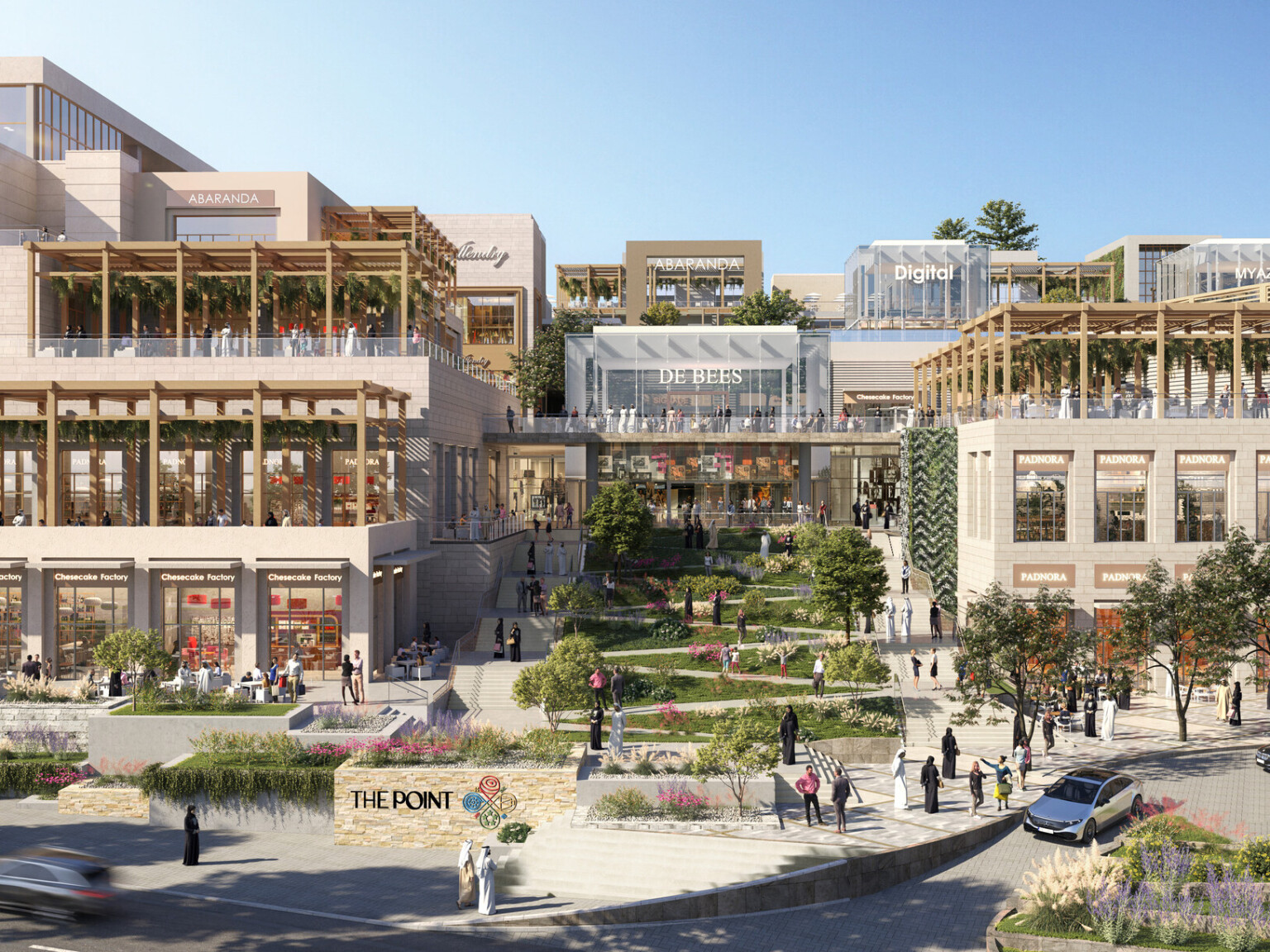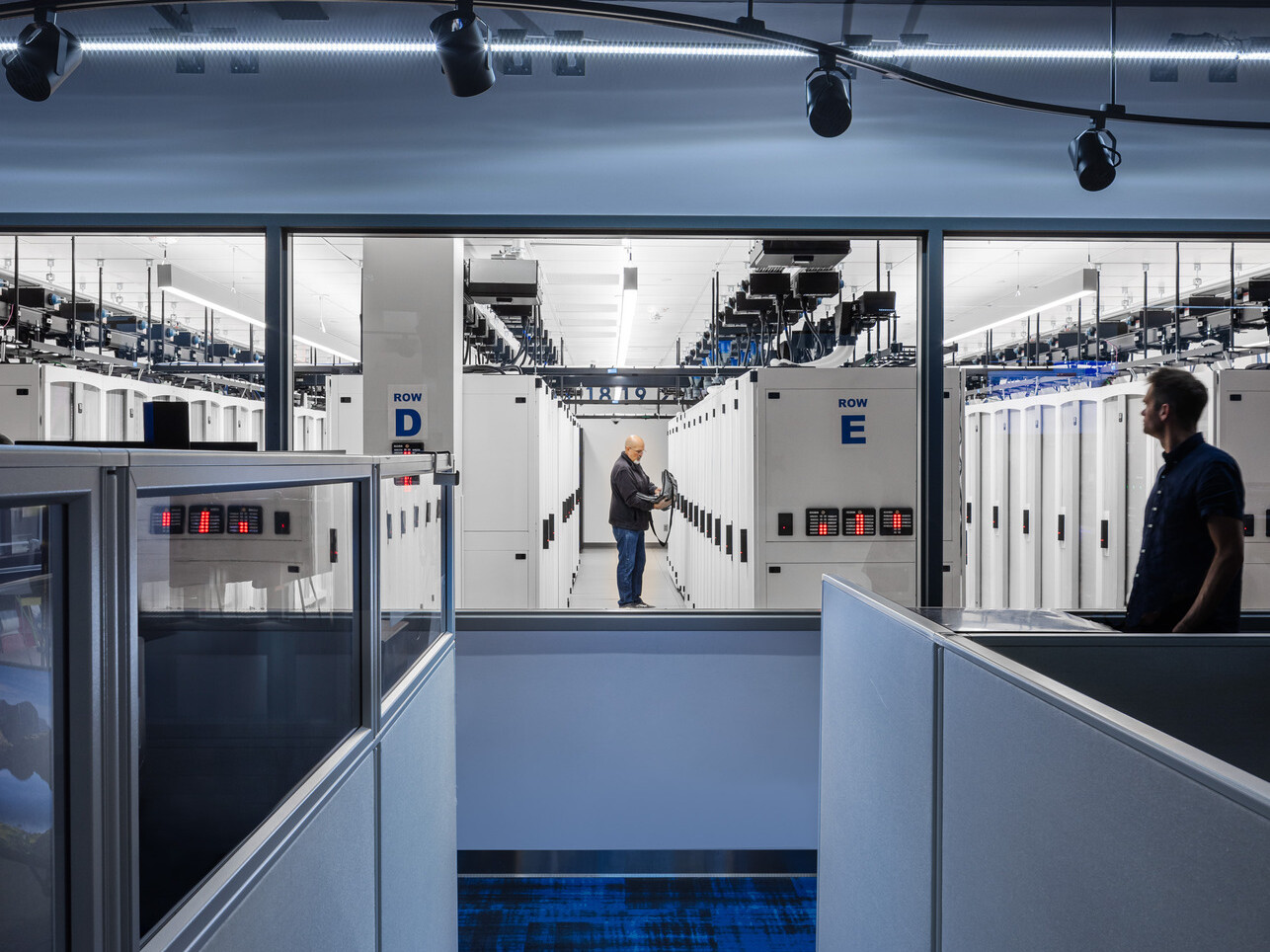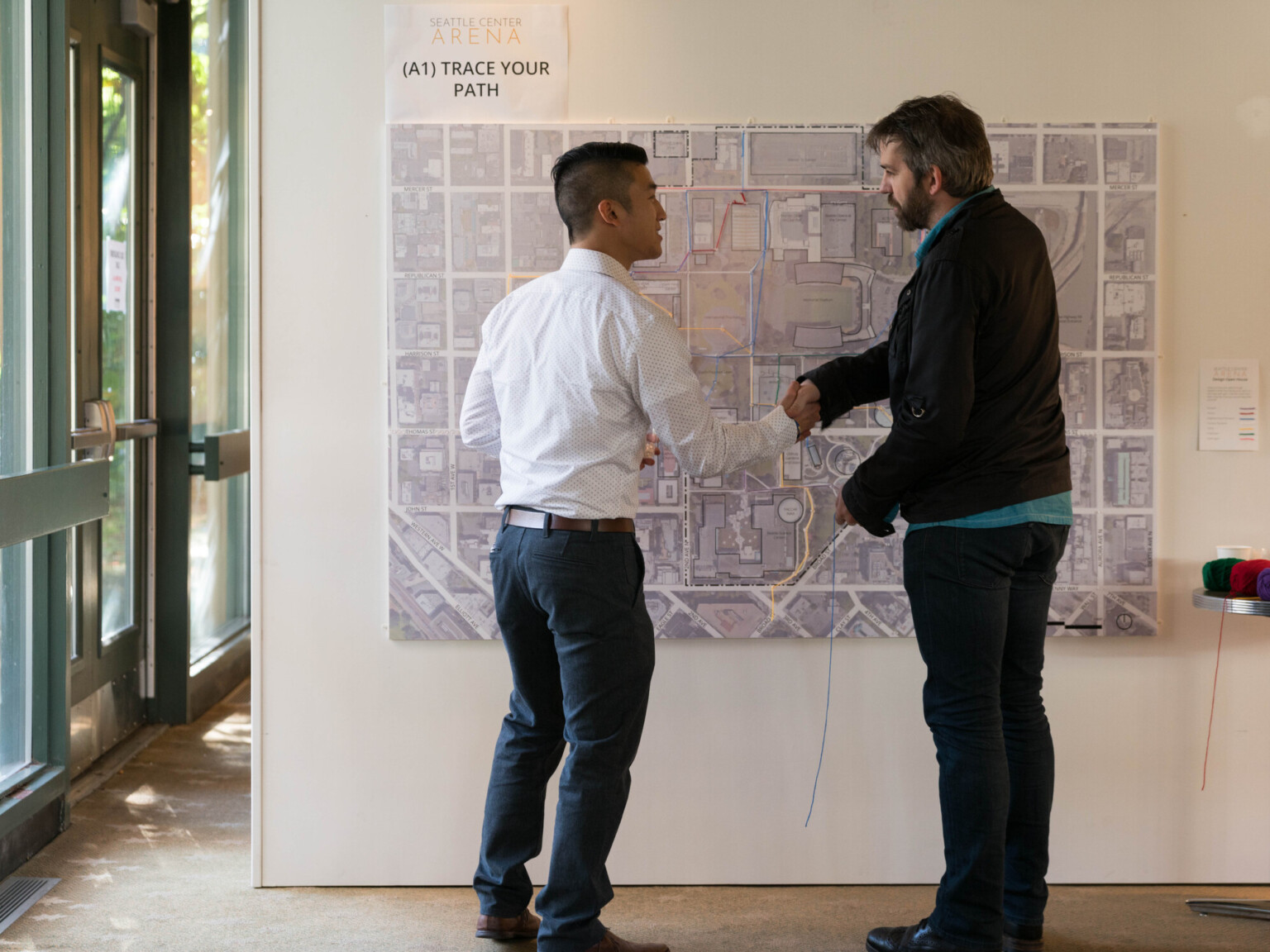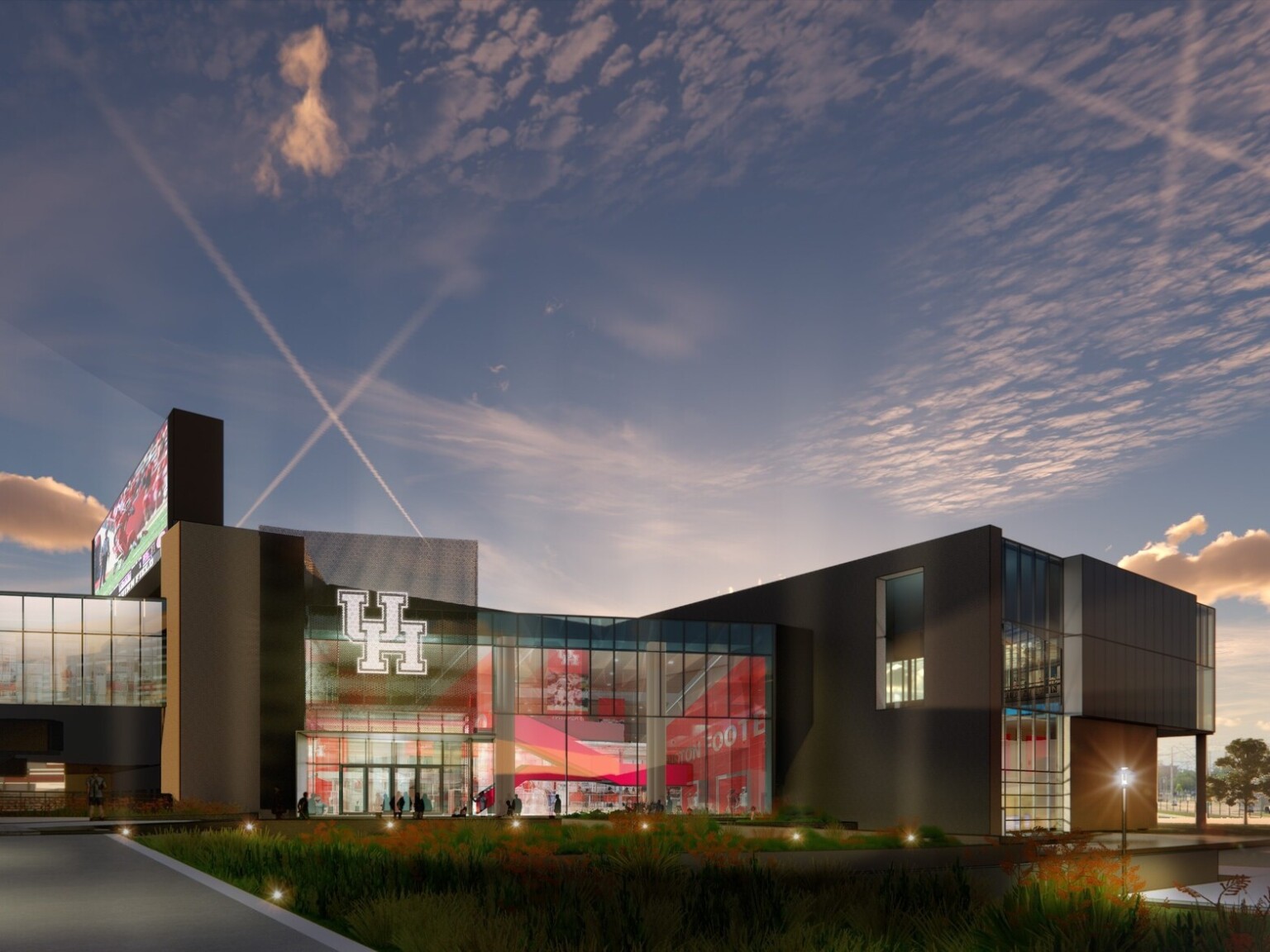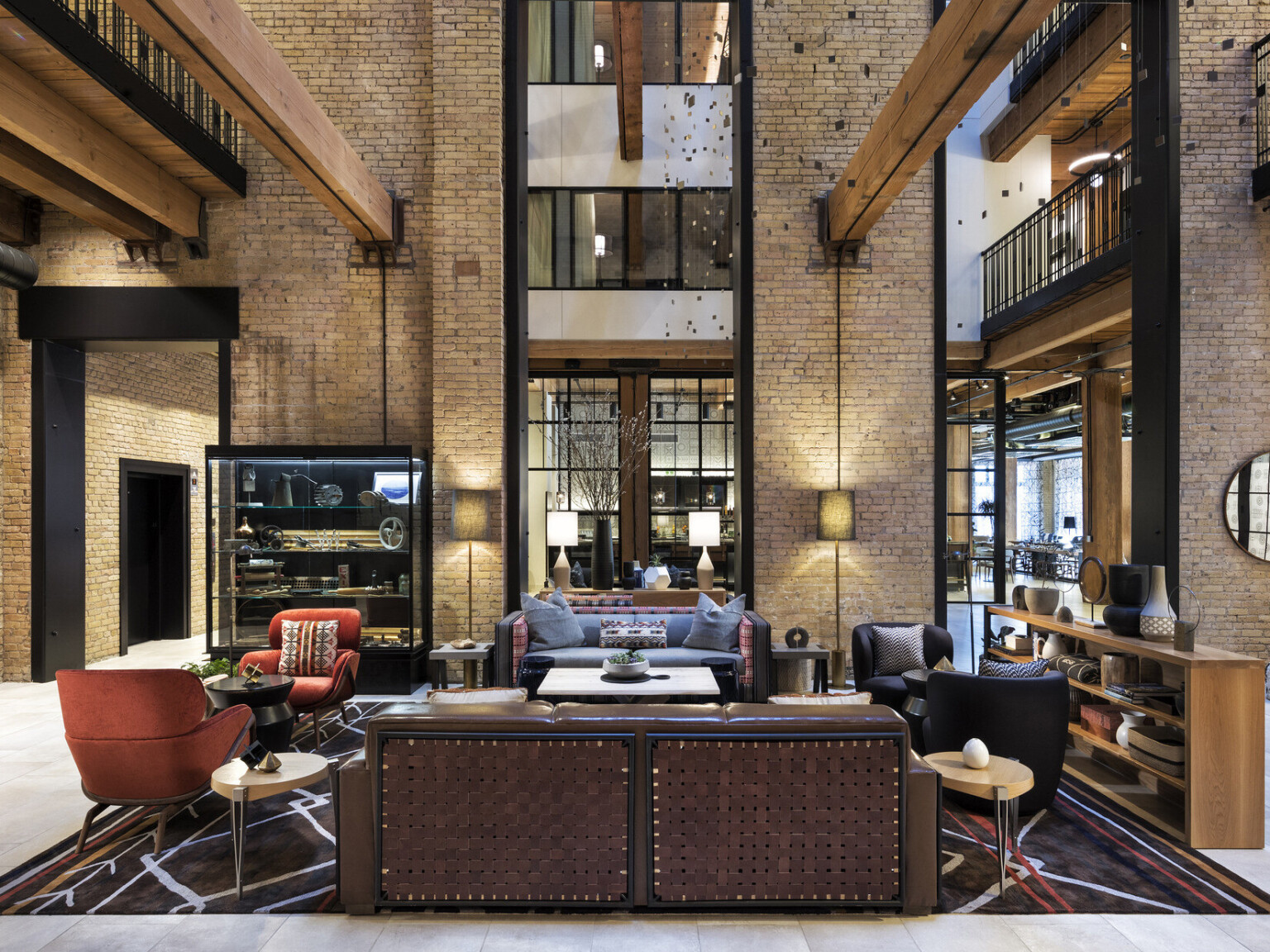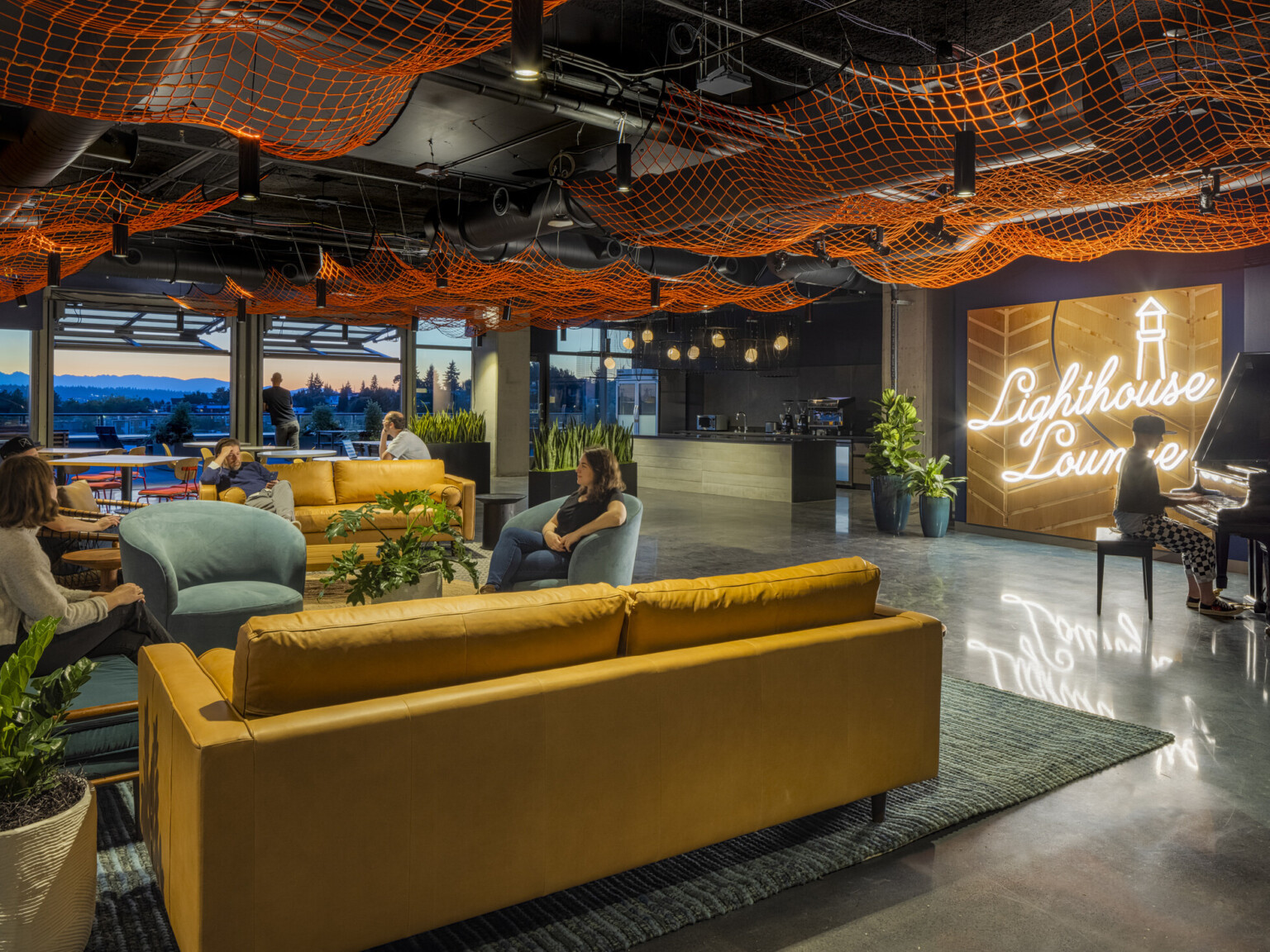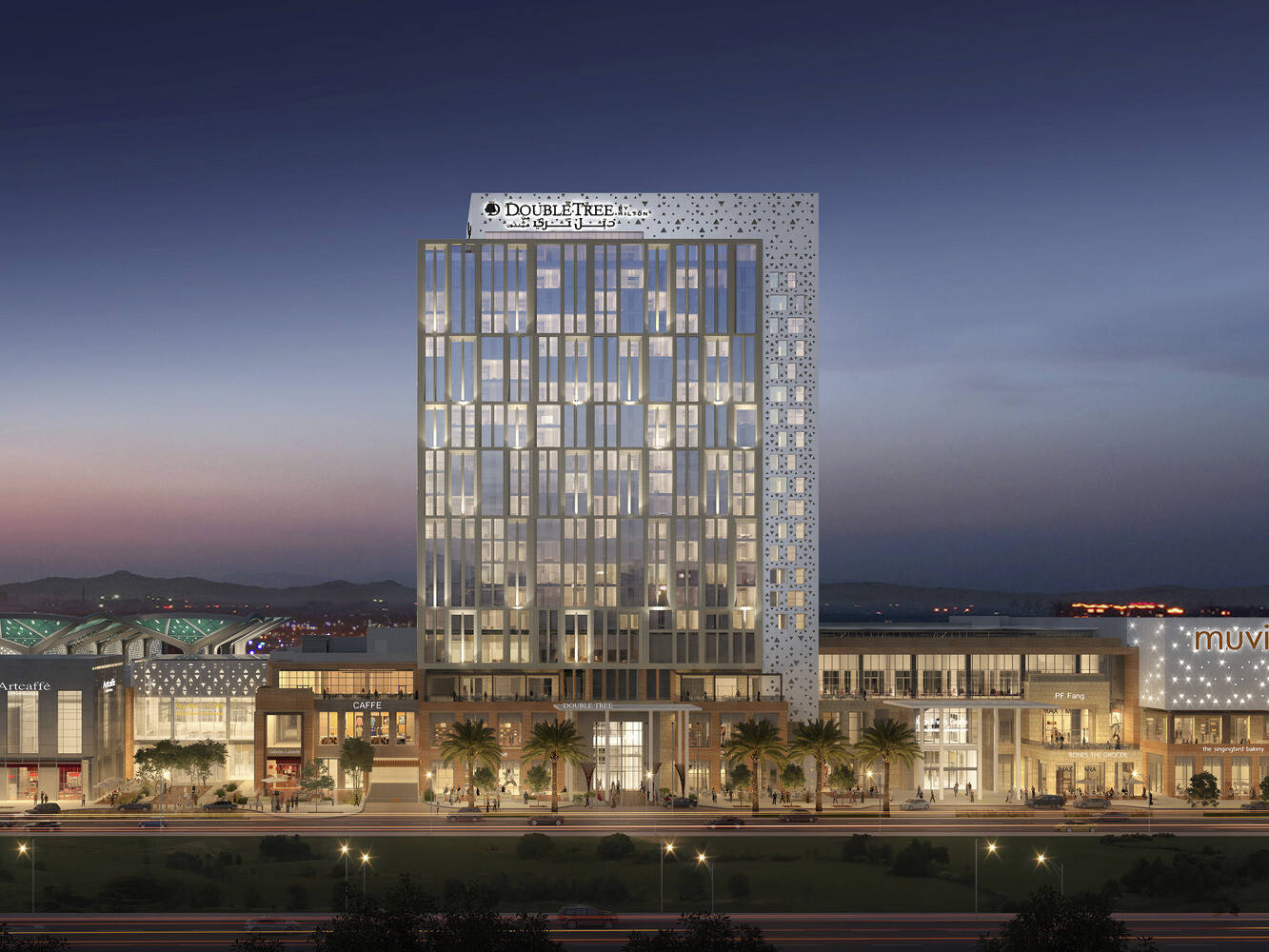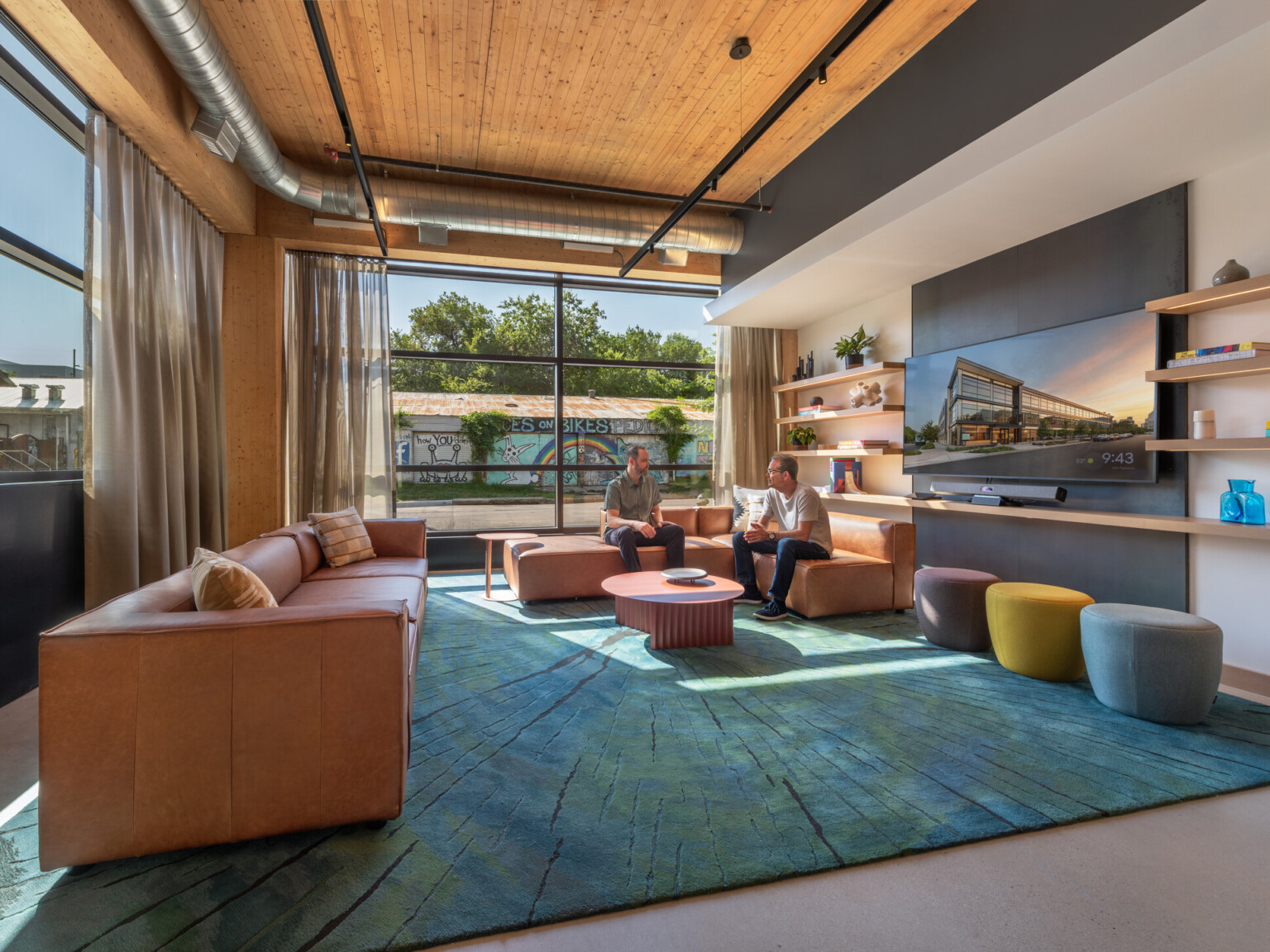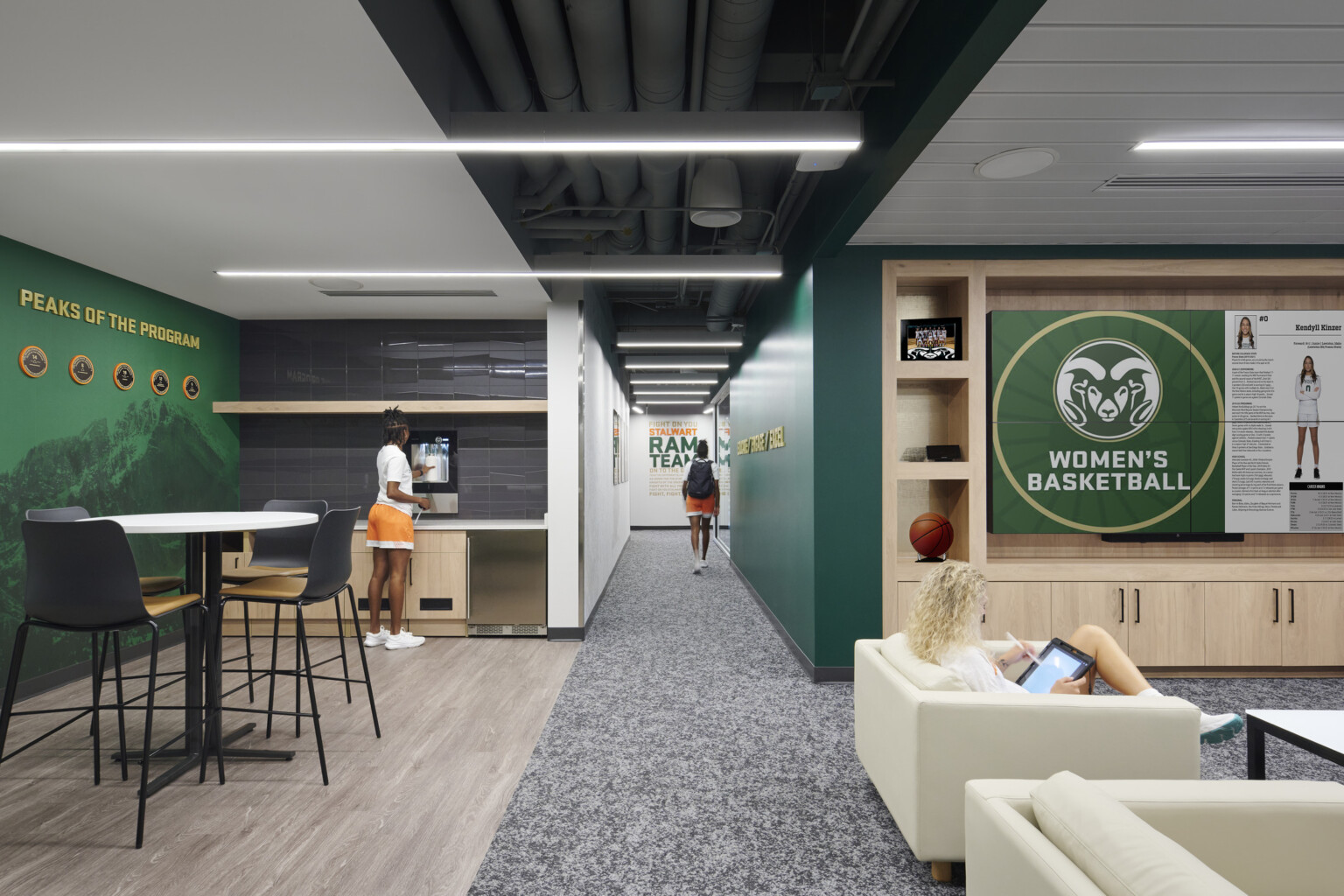
A New Level of Design Excellence in Student-Athlete Development
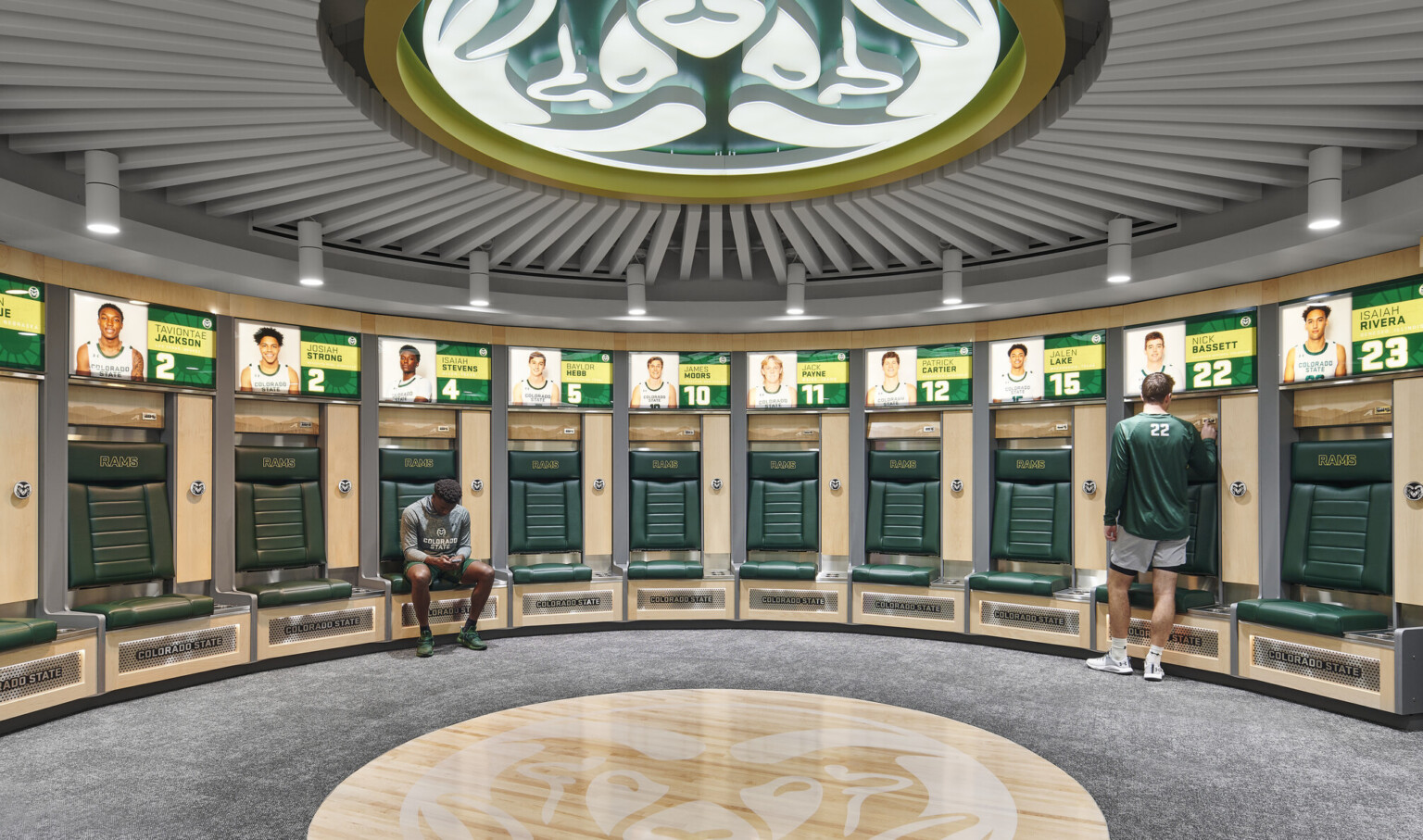
Enhanced Recruitment and Retention Strategies
College athletics facilities must meet growing standards to stay relevant in an increasingly competitive market due to the new expectations created by NIL and the Transfer Portal. Student-athletes possess newfound opportunities to capitalize on their talents with the monetization of their personal brands while still pursuing academic endeavors. The Transfer Portal allows them to explore opportunities in other programs without taking a redshirt year. In this evolving landscape, the design and amenities of athletics facilities play a pivotal role in recruitment and retention efforts.
Modern facilities equipped with state-of-the-art training equipment, amenities, resources, and technology not only enhance the student-athlete experience but also serve as a competitive edge in recruiting and retaining top talent. These spaces, which provide the newest amenities, innovations, and programs, are often crucial in creating the opportunities and success that student-athletes seek. These hubs also promote social interaction and team bonding, enhancing the positive campus atmosphere fostered by their aesthetically pleasing, well-designed spaces.
Our design for the Purdue University Mackey Arena men’s and women’s basketball locker rooms sets new recruiting standards as the institution shows its continued investment in athletics programs with new oversized lockers, dedicated player lounges, team meeting rooms, rest and recovery sleeping pods, and nutrition and fueling stations. The re-invented “Hype Tunnel” also adds to the recruiting appeal as it creates an iconic pregame ritual for the Boilermakers.
Schools leverage their history and identity through experiential graphic design, commonly referred to as XGD, that elevates their brand. In the Guy V. Lewis Development Facility Renovation for the University of Houston, our XGD team showcased the Jordan Brand to highlight the institution’s core values of dedication, excellence, and exclusivity.
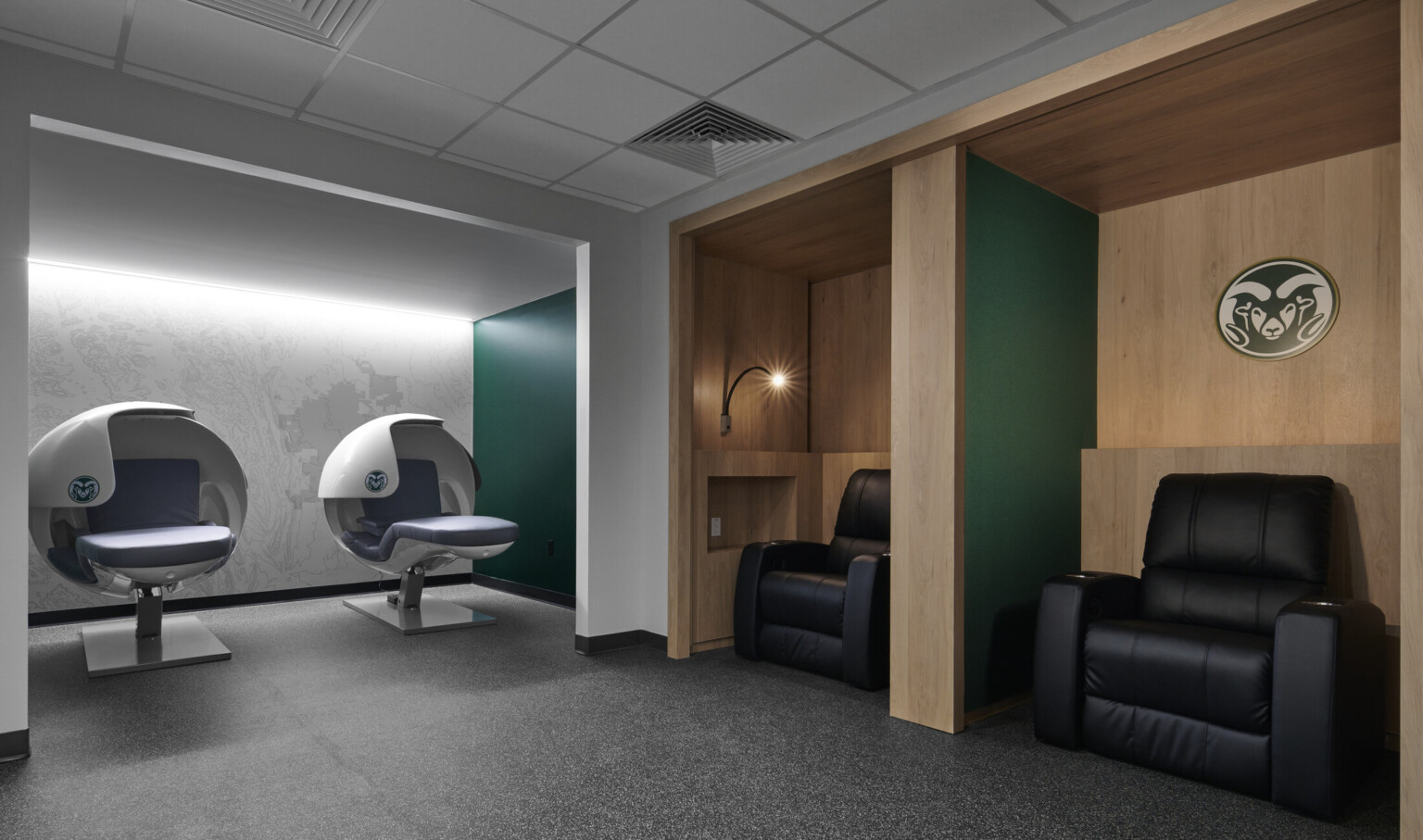
Fostering Athletic Excellence
By simulating professional environments, modern athletics facilities help prepare student-athletes for careers beyond college sports. Through exposure to cutting-edge technology, media facilities, and sports analytics tools, athletics departments equip their student-athletes with valuable skills and experiences that can be applied in various professional settings. Additionally, spaces focused on wellness are increasingly necessary as they support the student-athletes’ wellbeing and progress holistically.
Dedicated nutrition centers and dining options tailored to the needs of student-athletes provide them with optimal diets for peak athletic performance and recovery. Easy access to high-quality, specialized food options can greatly benefit student-athletes’ development and overall health.
Spaces dedicated to rest and recovery, including sleeping pods, cryotherapy chambers, hydrotherapy pools, and massage therapy rooms, play a crucial role in supporting the physical health and well-being of student-athletes. By prioritizing rest and recovery alongside training, these facilities promote long-term athletic development while reducing the risk of burnout and injury. In addition, incorporating sports medicine facilities within athletics complexes offers student-athletes immediate access to top-notch medical care and rehabilitation services. This can expedite recovery times and reduce the risk of long-term damage.
Our design for the University of Houston, which recently joined the Big 12 Conference, encompasses many of these spaces to support the athletic excellence of their program. The Football Operations Center houses a weight room, sports medicine and hydrotherapy spaces, a dining area and fueling station, coach and operations offices, and more features that support the success of student-athletes beyond the field.
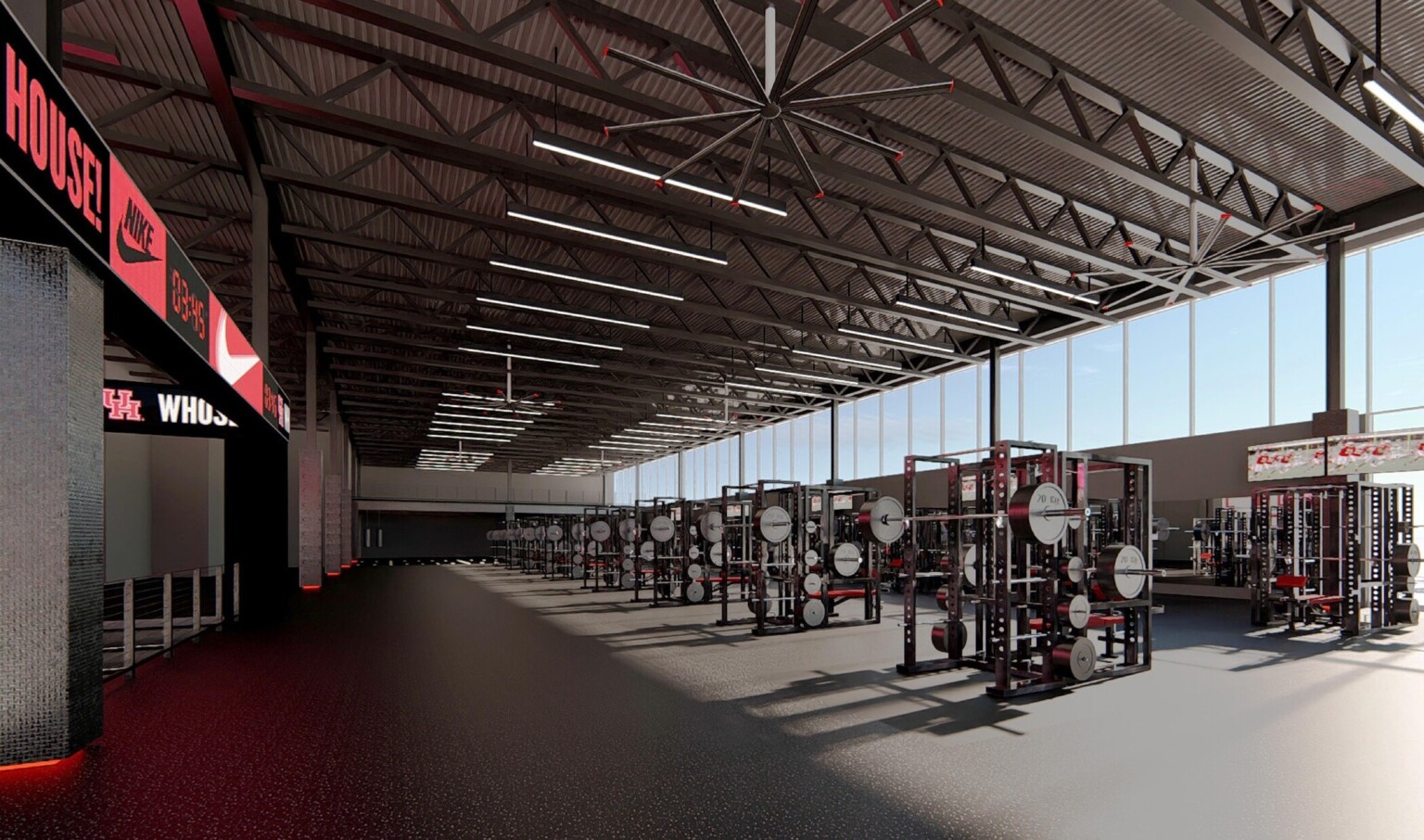
Supporting the Student-Athlete’s Overall Wellbeing
During the design phase for Colorado State’s Moby Arena Renovation, our team collaborated with administrators and coaches to determine the ideal sequence of experiences in a student-athlete’s typical day, and then developed a layout that would best accommodate that sequence. This holistic approach to student-athlete development recognizes the importance of nurturing not only athletic prowess but also academic achievement and overall wellbeing.
Modern athletics facilities now include resources for mental health support, recognizing the importance of psychological wellbeing in athletic performance. This includes counseling services, relaxation areas, or mindfulness training programs aimed at helping student-athletes manage stress and perform at their best both on and off the field. In addition, the incorporation of academic support centers helps student-athletes balance their athletic and academic responsibilities. These centers provide tutoring, study spaces, and academic advising to ensure student-athletes are successful in both their athletic and academic endeavors.
Our designs provide state-of-the-art facilities that exceed the growing needs of student-athletes to create spaces that foster excellence and strengthen recruiting. Updated facilities are needed to ensure overall wellbeing, physically and mentally, as well as a gratifying collegiate experience. By considering the needs of the student-athletes themselves, our designers provide spaces that support growth, retention, and wellness.
Learn more about the work of our Sports team.


